BN305 - SSL/TLS VPN Technologies: An In-Depth Literature Review
VerifiedAdded on 2022/09/18
|6
|926
|72
Literature Review
AI Summary
This literature review provides an overview of SSL/TLS VPN technologies, discussing their significance, implementation, and advantages. It begins by defining VPNs and their role in establishing secure communication channels, highlighting the use of public network infrastructure for private messaging. The review details various VPN implementation protocols, including OpenVPN, PPTP, SSTP, L2TP/IPSec, and IKEv2, and compares SSL/VPN and IPSEC/VPN, focusing on the network layer at which authentication and encryption occur. It also explores the use of Cisco Adaptive Security Appliances and the Internet Key Exchange protocol for creating stable links between remote users. Furthermore, the review discusses the role of VPNs in protecting against hacker exploits by providing end-to-end encryption. It compares SSL/VPN and IPSEC/VPN in terms of connectivity, security control, and applications, and examines Cisco AnyConnect for secure mobile access. Finally, the review presents three free VPN client solutions: Tcpcrypt, Tinc, and SoftEther VPN, highlighting their unique features and functionalities. Desklib offers a wealth of similar resources for students seeking academic support.
1 out of 6
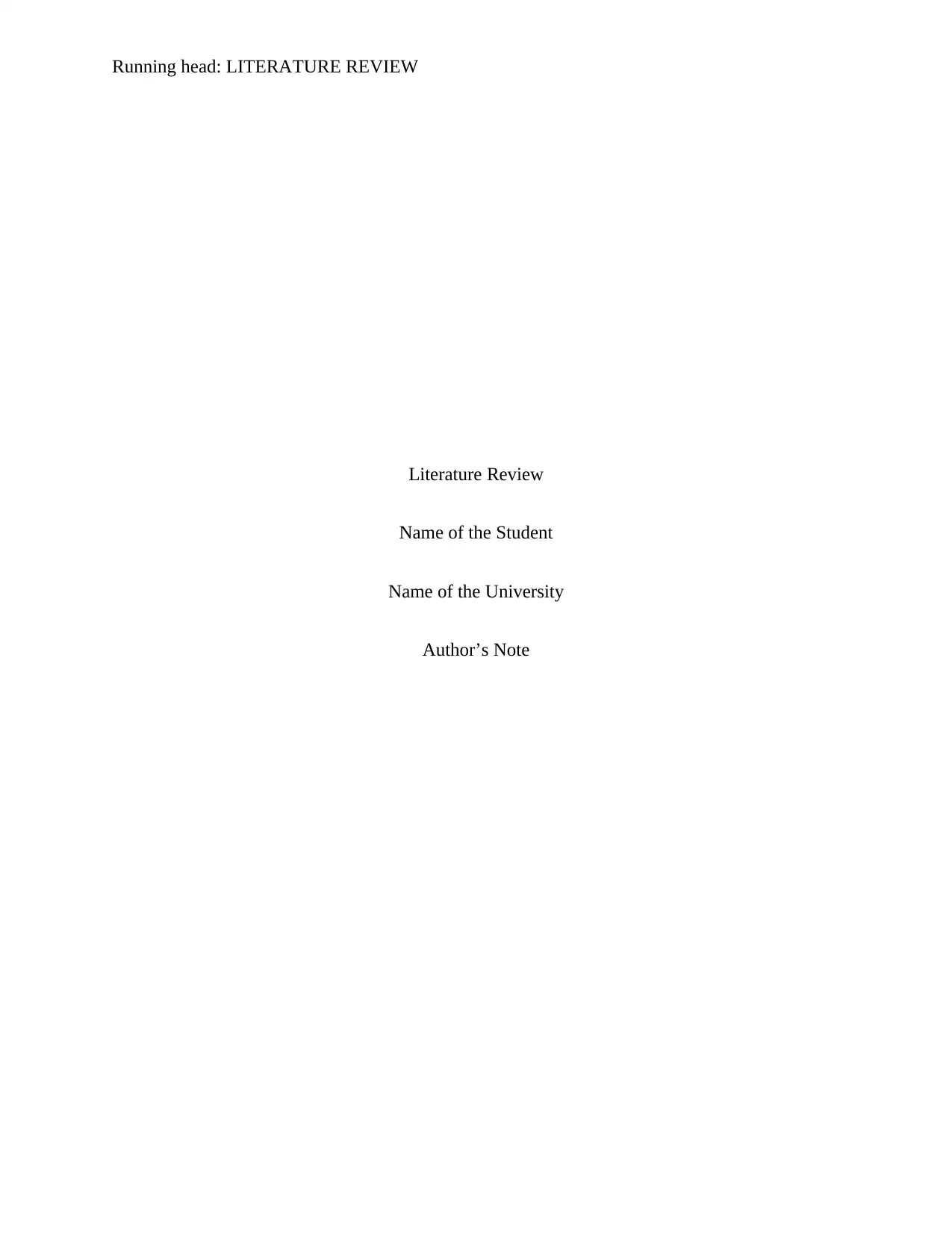
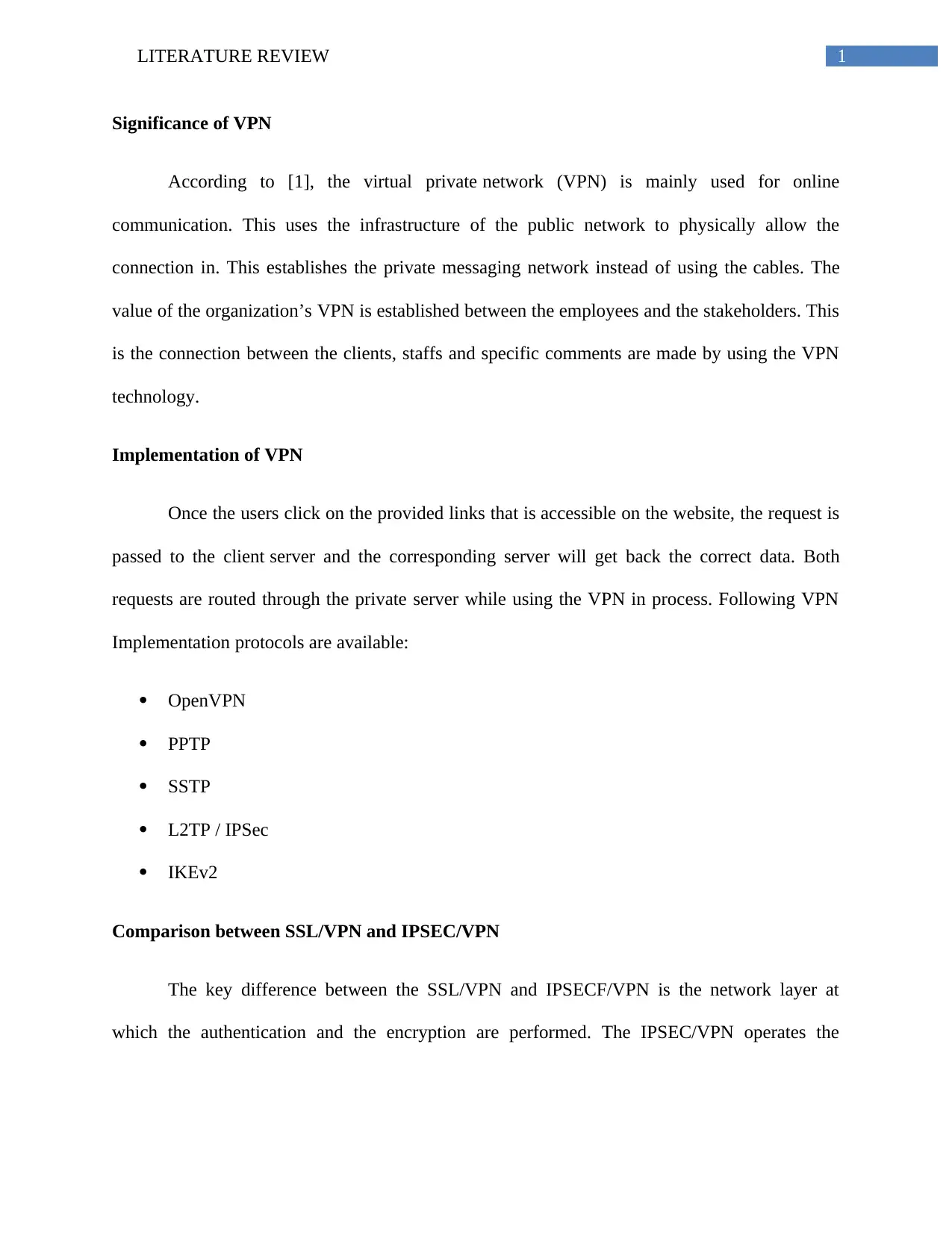
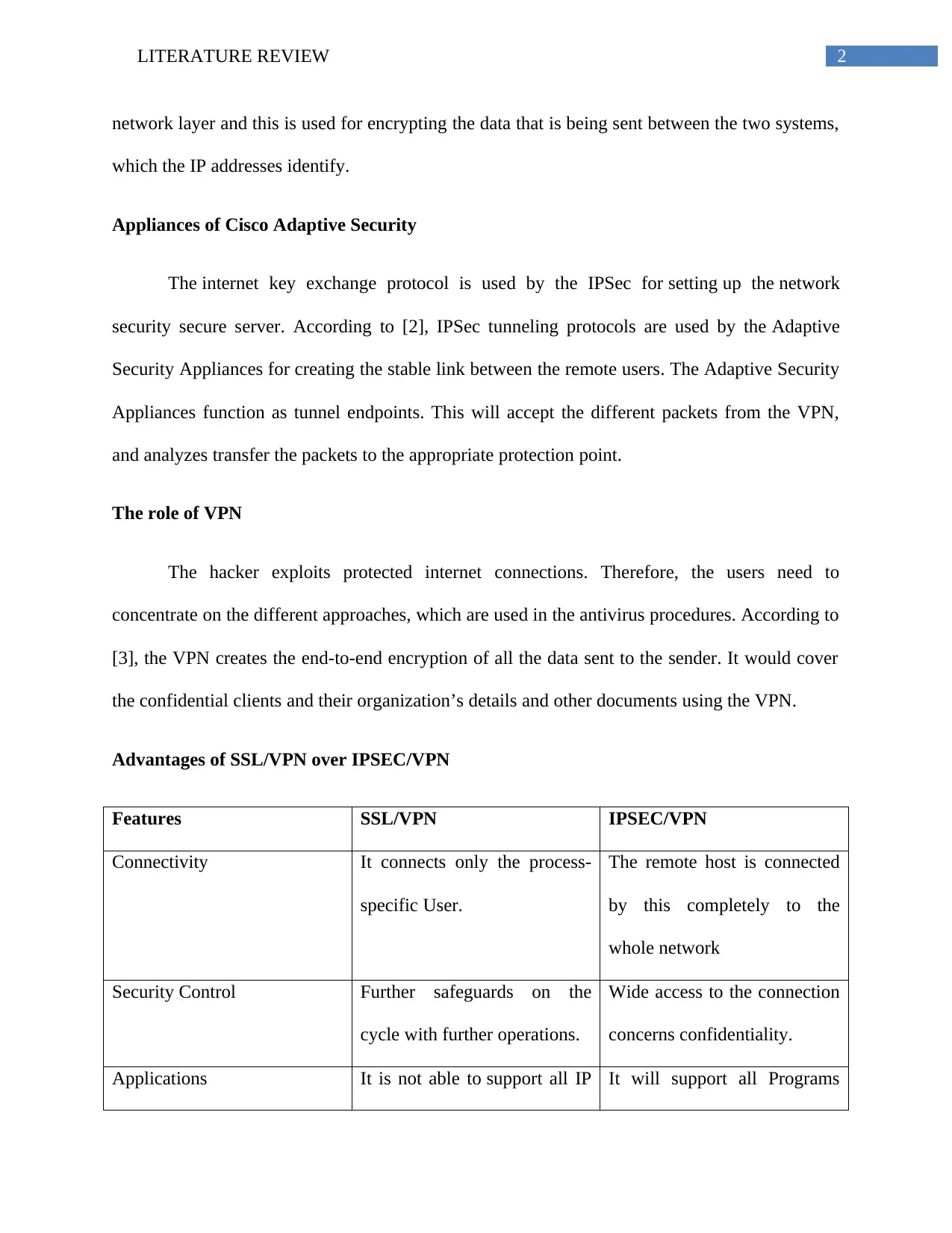

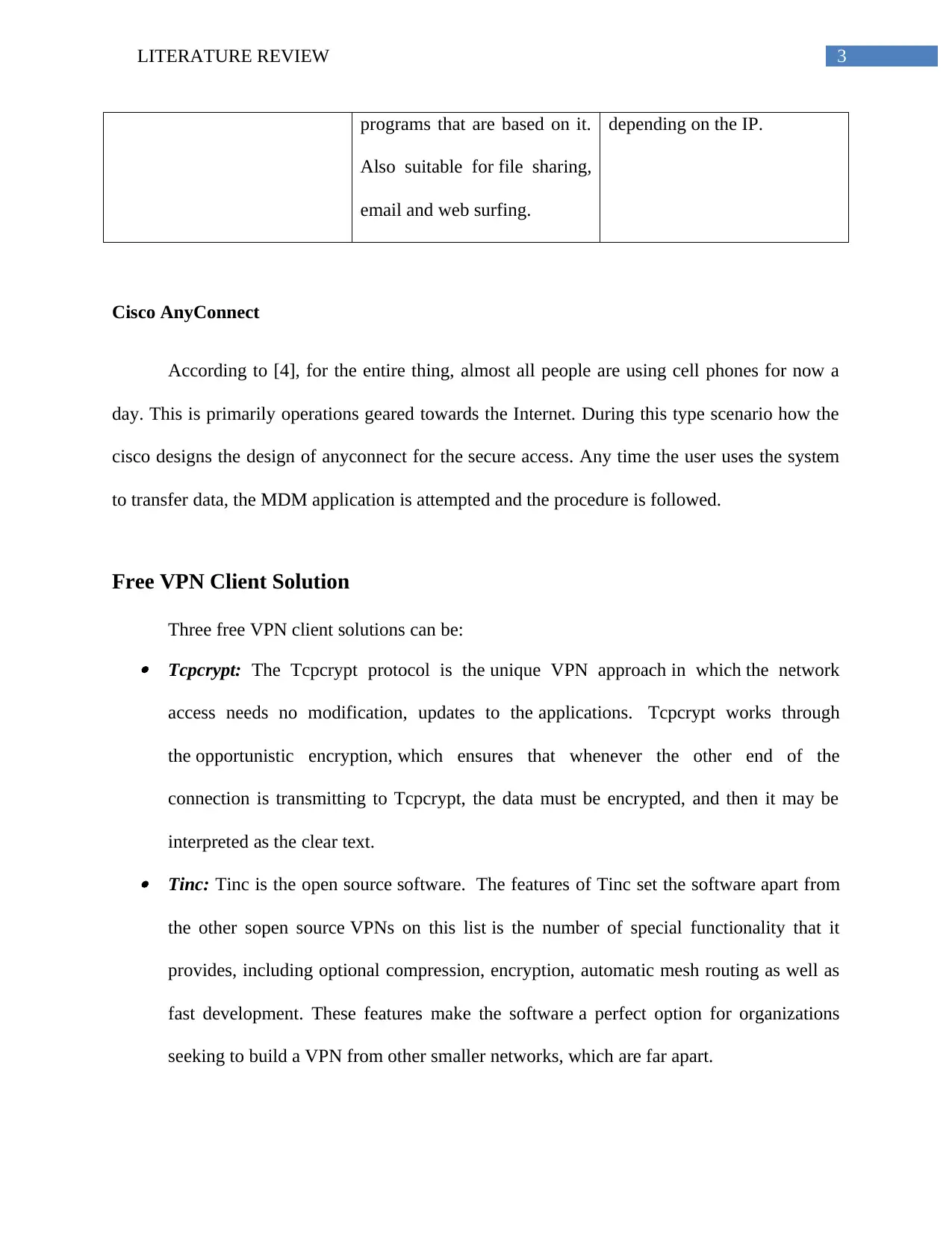

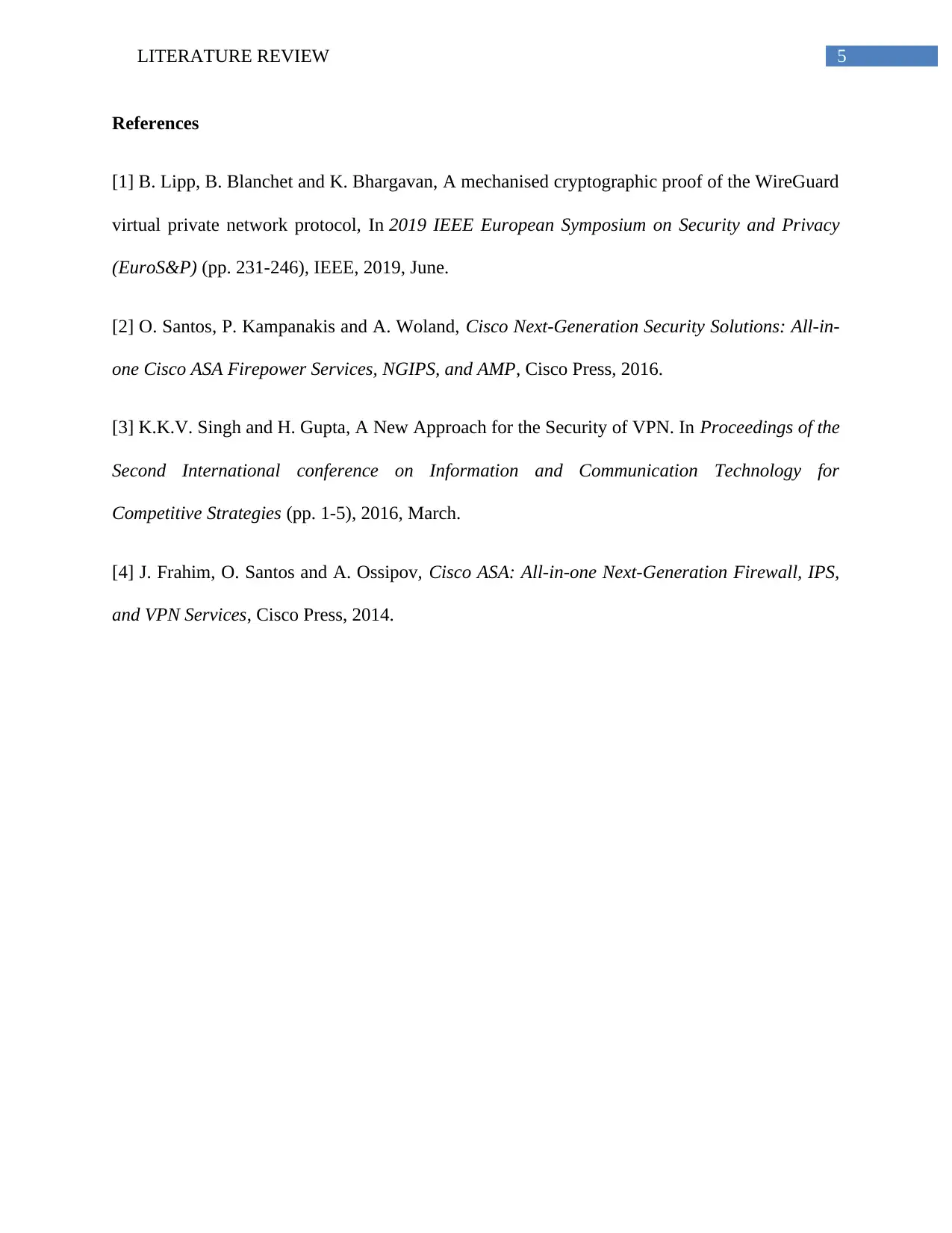




![[object Object]](/_next/static/media/star-bottom.7253800d.svg)